If you love lush, emerald-colored hillsides, tranquil turquoise sea, with its promise of exquisite delicacies, and vibrant, energetic wines, Abruzzo may just be the perfect destination.
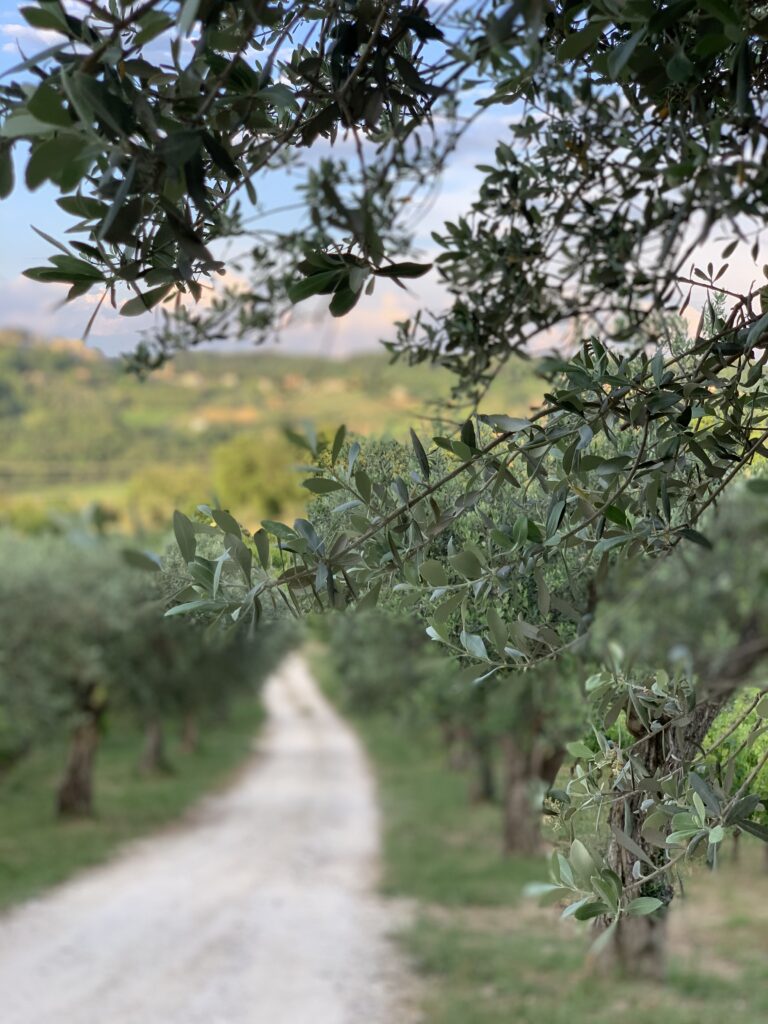
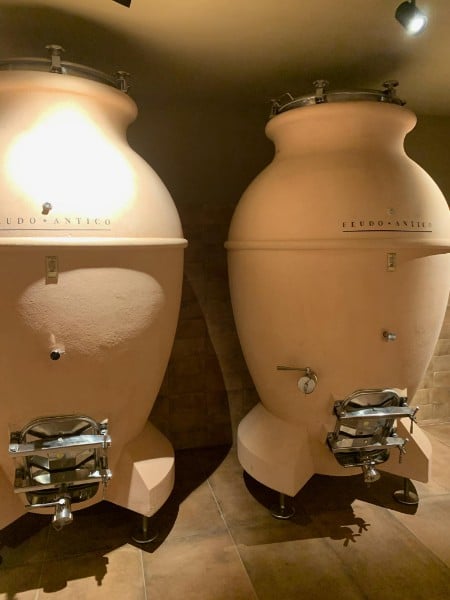
Some 250-members strong, Consorzio Vini d’Abruzzo features a diverse group of producers, collectively responsible for 1.2 million bottles of wine, heavily dominated by a red variety called Montepulciano di Abruzzo. Several other varieties comprise an extensive regional portfolio of wines that are both great food companions and solo acts.

With a plethora of options, and for the sake of depth, I focused my attention on the following Abruzzo gems:
Pecorino
A light-colored grape, it has nearly gone extinct; brought back to life by a curious grower who stumbled upon a wild bunch of vines in a forgotten vineyard. By 1990, the newly propagated variety was showing a strong performance and became a staple in the alpine areas in several Italian regions.
Pecorino seems to thrive in mountainous terrain with plenty of wind and sun. The name “pecorino” means “little sheep” and is rumored to be named after gourmand sheep flocks that love snacking on the sweet treats at hillside pastures. Main characteristics of this variety that is high in both sugar and acid are florals, such as acacia and star jasmine, and citrus notes, as well as stone fruit and minerality. Although entirely unrelated to the namesake cheese, it seems to pair perfectly with it.
Cococciola
This relatively new green-skinned native grape is herbaceous, savory, and grassy, reminiscent of New World Sauvignon Blanc. It used to be mainly used for blending but recently found its own unique voice. The wines are delicate and highly perfumy, featuring light floral and citrus components. Pink grapefruit and Meyer lemon, along with hints of kiwi and melon unfold on the palate. Cococciola is an elegant variety, with clear persistence and refinement.
Trebbiano
A highly productive variety, it is essentially a white counterpart to the Montepulciano. It seems to take on a style of the maker more than other varieties and has quite a range; it can be narrower in flavor spectrum or perform at high level in the right circumstances. Dry, medium-bodied and slightly herbaceous, with notes of anise, basil, and other garden herbs it often features tart apple and Asian pear, as well as citrus and light tropical notes.
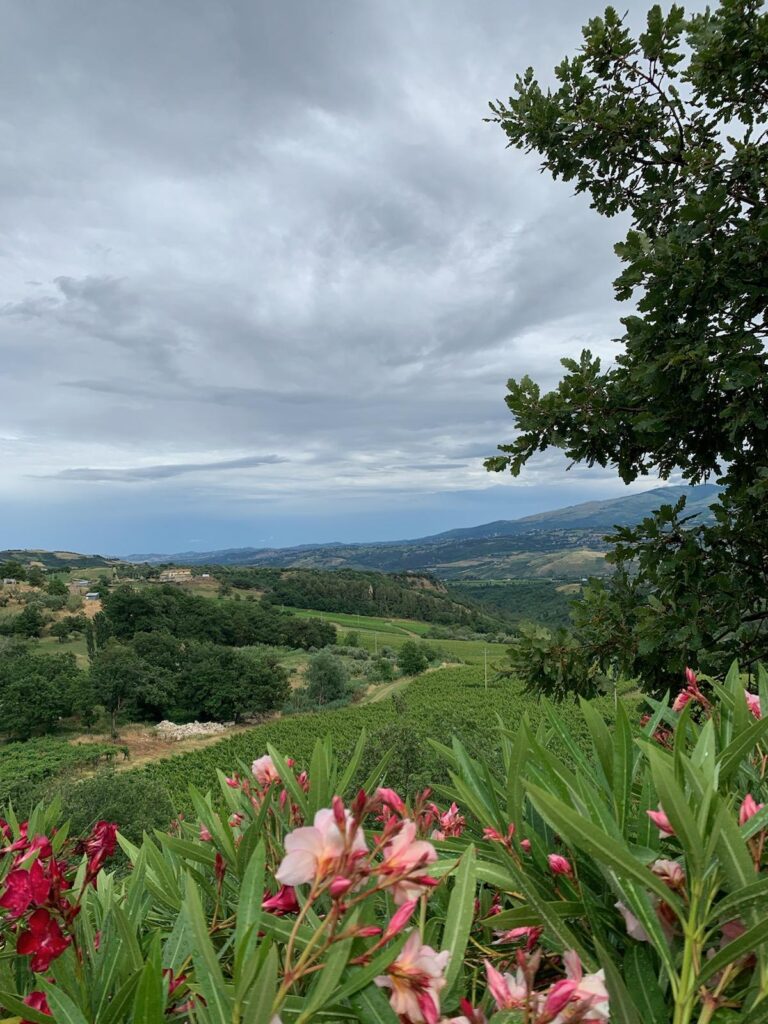
Every region seems to have its heroes and renegades, those that choose not to be tethered to tradition for the sake of sameness. These personalities drive innovation, stir up controversies and become the agents of change.
Two of Abruzzo’s champion producers who pushed for modernizing winemaking and celebrating regional distinctions are Emidio Pepe and Edoardo Valentini. Both favor an organic approach, avoiding any harsh chemicals, sulfur or fining/filtration. Astoundingly, Pepe ferments and ages his wines in glass, decanting them prior to re-bottling and release. Valentini is known for his thorough and intense vineyard protocols, with the mindset of reducing yields and intensifying flavor. His hallmarks are extended maceration and lengthy oak regimes for both his white and red wines.
After tasting hundreds of local wines and multitude of varietal iterations some things were evident. First, the value proposition. Their wines represent a bargain and are well worth seeking. Second, the region is making meaningful strides towards homing in on the best it has to offer to a discerning wine lover.
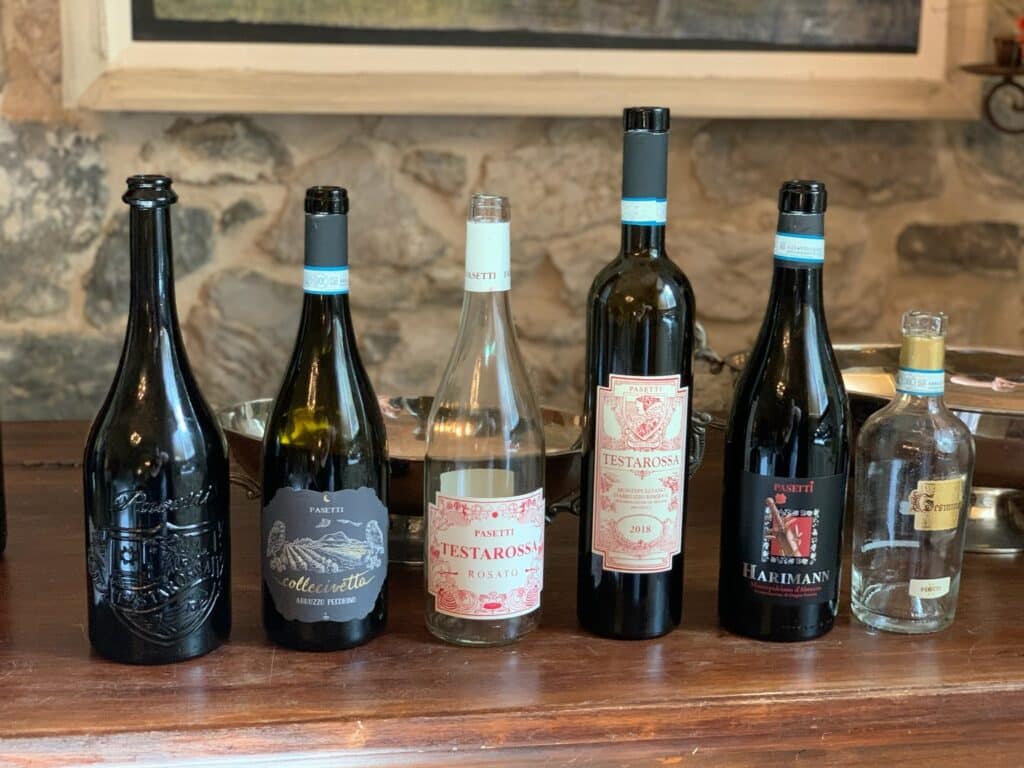
I now travel for the feeling – the wines that make me admire and experience things… an unexpectedly fresh breeze in the middle of a punishing 100-degree scorching summer heat, a shuffle of silvery leaves in an olive grove, the gentle whispers of lush hills, a sleepy rose-colored sunset over the water, the soft murmur of the waves.
That Abruzzo feeling.

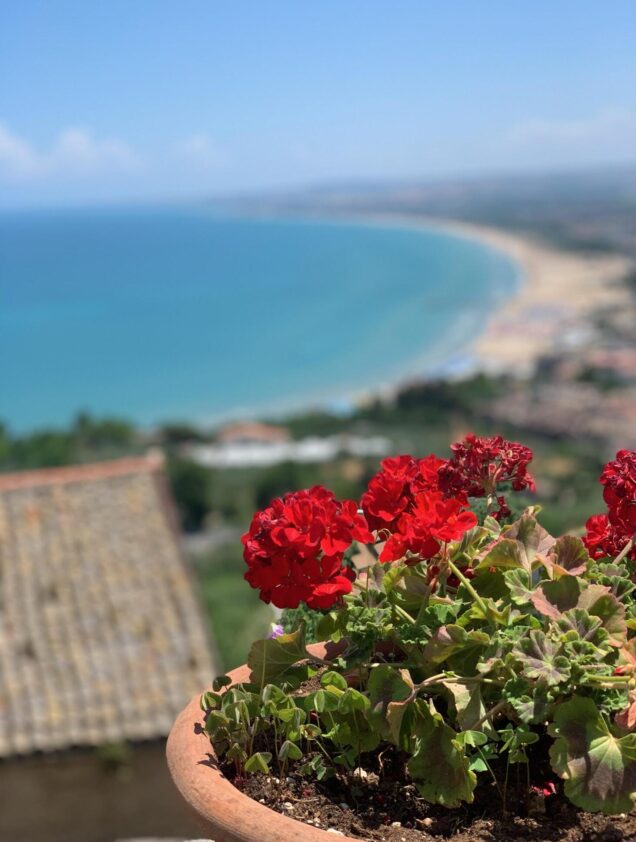
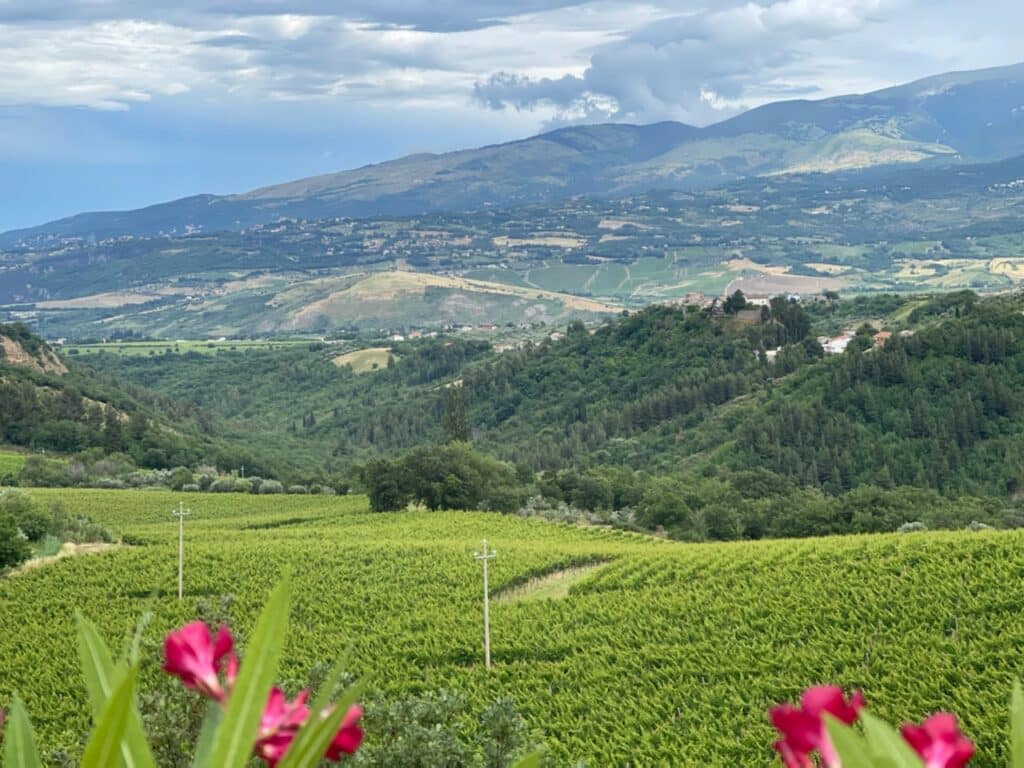

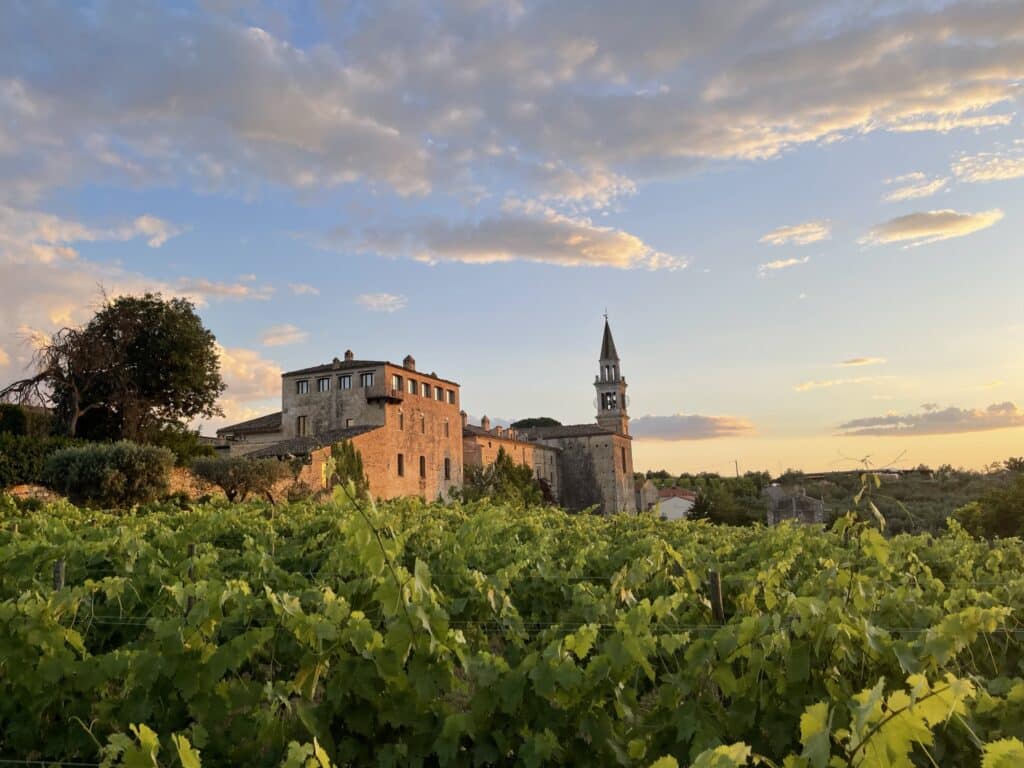


You must be logged in to post a comment.